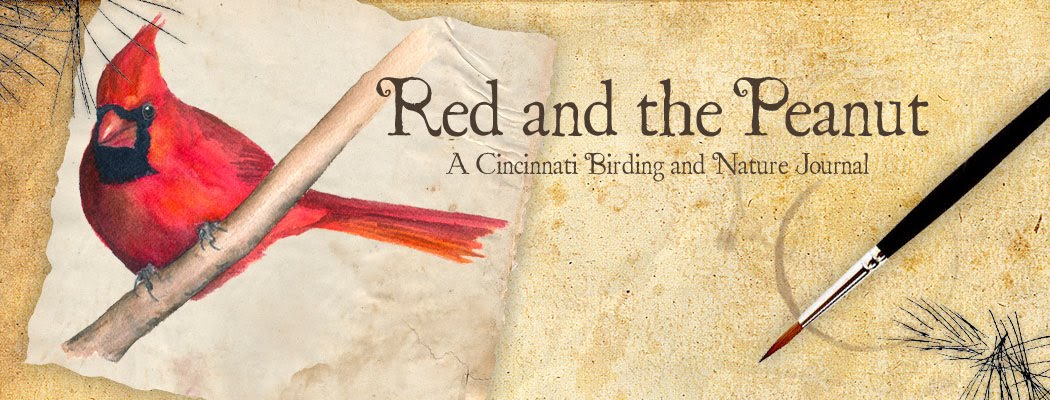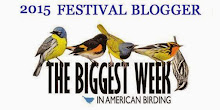This is the baby Black Rat Snake Rick found in our downstairs bathroom. He looks nothing like he will as an adult when his dorsal coloring will be mostly black (although the pattern still exists, it's just hard to see), and his ventral coloring will be white. As a baby, he has a gray background with dark saddles on top and splotches on the side. This baby was very docile. he didn't try to strike, and he didn't musk either. I held him loosely and he was content to climb from one hand to the next. (Rick took this photo with his iPhone, and the snake was constantly moving!)
|
Our little encounter with the baby Black Rat Snake reminded me that last year I photographed "Steve," the famous adult Black Rat Snake from Shawnee State Park's nature center, but I never got around to posting the photos...
Rostral groove
Steve was very cooperative. When I would lay on the ground with my camera, Steve would crawl toward me, which let me focus the lens on his face. I wanted to capture the "rostral groove," which is the small notch in a snake's upper lip. Snakes flick their tongues in and out of their mouths through this groove without ever having to open their mouths...
 |
| Steve, an adult Black Rat Snake, flicks his tongue in and out of his mouth through the rostral groove. |
Once the tongue is pulled back into the snake's mouth, it is retracted into a protective sheath. A snake's tongue is vital to its survival because it functions as a sense organ of smell allowing the snake to seek out and find prey, so it's only natural it would be protected this way. When the tongue is flicked out, chemical particles in the air (scent molecules) adhere to the moisture on the tongue. Once retracted into the sheath, the forked tips of the tongue remain exposed and settle into two pockets in the roof of the mouth called the "Jacobson's Organ." Here the scent molecules are transferred to receptors in the nerve-laden lining of the Jacobson's Organ where they are interpreted and then relayed as messages to the brain. All this sounds time consuming, but just like when we touch something hot, the brain recognizes the stimuli almost instantly. If the tongue or any part of the Jacobson's organ is damaged, it's difficult for the snake to survive. (For a detailed explanation of this process, click here and here.) In a way, the snake's tongue works in stereo. If more chemical particles are on the right fork, the snake turns right, etc.
 |
| Pencil sketch of Steve, the Black Rat Snake, with the rostral groove labeled. |
 |
| A partial pencil sketch of Steve, the Black Rat Snake. Steve was old. Over the years, he has converted more "snake-a-phobes" (ophidiophobics) to "snake-a-philes" than any other snake at the nature center. This summer was sad, because Steve was no longer there. He died of a tumor this winter. He lived a very long life, and had an impact on many humans. Children (and adults) would walk into the nature center petrified of snakes, but after seeing and holding Steve, they fell in love with him and many were no longer afraid. Lots of kids (and adults) lamented Steve's death this summer when Matty and I were there for our week of volunteering. |
I thought I'd pop this tidbit in quickly since a few of the photos show the snake's "blue" eyes. Last year when Matty and I were there, Steve's eyes turned cloudy and blue, and many of the visitors at the nature center asked me if the snake had cataracts. It looks like he does, but really its just a sign the snake is about to shed its skin. Snakes don't have eyelids. They have special scales called eye caps. These eye caps are shed along with the skin.
Baby Black Rat Snake (Elaphe obsoleta obsoleta) from Kelly Riccetti on Vimeo.
A quick video Rick took of our little Black Rat Snake while I released him in the backyard.



























